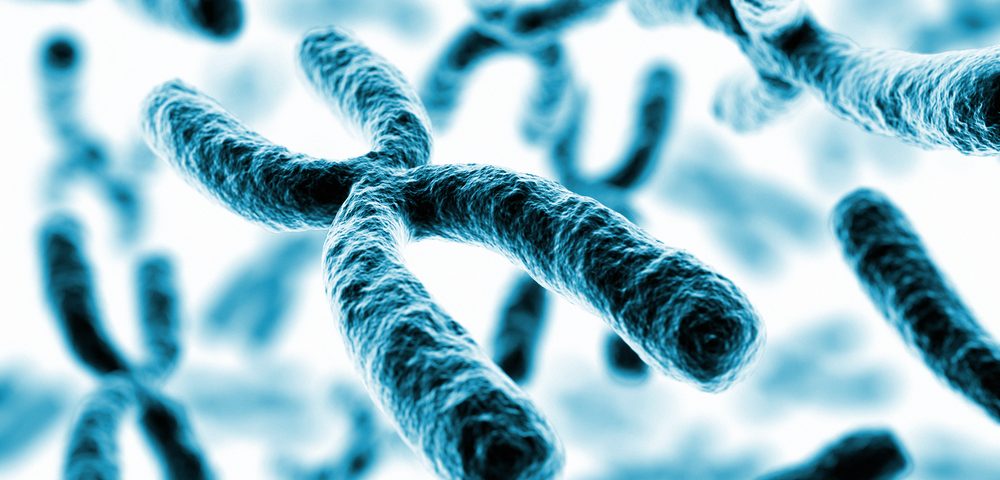Men who develop melanoma are twice as likely to die from the disease as women, but the molecular mechanisms involved in such disparity remain largely unknown. Now, researchers have pinpointed an X chromosome gene, called PPP2R3B, that might be causing such gender inequalities.
The study, “The protein phosphatase 2A regulatory subunit PR70 is a gonosomal melanoma tumor suppressor gene,” was published in Science Translational Medicine. It shows that women have higher levels of the PR70 protein — coded by the PPP2R3B gene — and that this protein has a key role in preventing melanoma growth.
Although female cells have two X chromosomes, one X chromosome is shut down in early development to prevent the duplicated expression of genes from both X chromosomes. Inactivation of one X chromosome in female cells nearly equalizes gene expression between male and female mammalian cells. However, the silencing process is incomplete, and at least 15% of the 1,100 X-linked genes are expressed at higher levels in females than in males.
Alan Spatz, M.D., PhD, director of Surgical and Molecular Pathology at the Jewish General Hospital and head of the “X chromosome and cancer” lab at the Lady Davis Institute in Montreal, hypothesized that certain X-linked tumor-supressor genes could be escaping inactivation and playing an important role in halting tumor development.
“We focused our research on the machinery of the X chromosome because we postulated that the inactivation of one of the two X chromosomes in women, as opposed to men who have an X and a Y, and the way this mechanism is regulated, may have deep implications on the cell biology of cancer cells” Spatz said in a press release.
The team found that when melanoma cells in women lose the inactivated X chromosome, the women had poorer distant metastasis-free survival rates.
Then, Spatz and his team focused on the PPP2R3B gene, a suspected X-linked melanoma tumor-supressor gene, that is located on the X chromosome in females, but on the Y in males. Expression of PPP2R3B was found to be lower in males than in females and was independently associated with better prognosis in melanoma, with patients whose tumors had high levels of PR70 showing 2.4 times higher mean overall survival.
The researchers then found that PR70 was able to reduce tumor growth by interfering with DNA replication and cell cycle progression. Indeed, when the team injected melanoma cells into mice, they found that cells with higher levels of PR70 were less prone to develop tumors than control cells.
“I believe this discovery advances our understanding of the specific role of the X chromosome genetics in modulating the expression of genes that are critical in cancer progression,” Spatz said. “Specifically, this is a new avenue for exploring X-linked tumor suppressor genes and oncogenes. I’m confident that we will eventually be able to exploit this discovery to pursue new therapeutic avenues against cancer,” he said.


